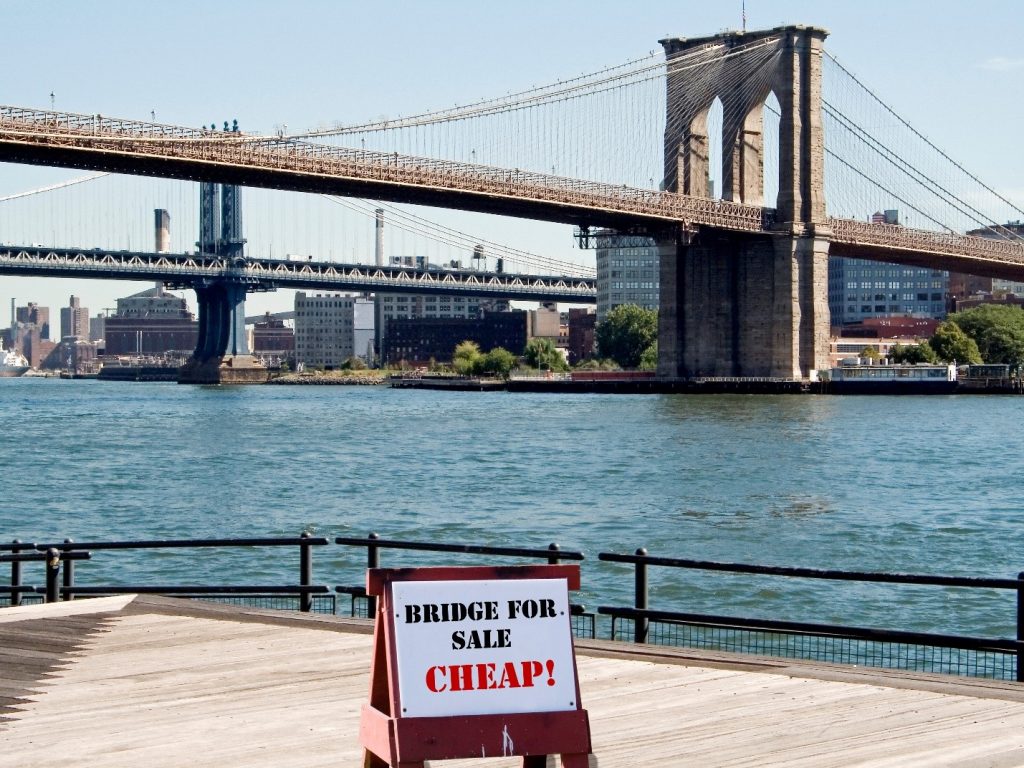By Michael O’Neill
“Knock, knock.” If you are the Loonie or NAFTA, do not answer the door. It’s Death, and he’s coming for you both.
President Trump famously described NAFTA “as the worst deal ever.” He hasn’t been shy about voicing his skepticism of reaching a deal. His constant belittling of the trade agreement raises questions about how serious the American’s really are about striking a new pact. It is hard not to believe that they are just going through the motions to justify terminating the agreement.
Evidence of “bad faith bargaining” is piling higher with every tweet. During seven rounds of negotiations, the American’s have lobbed negotiation hand grenades into the process.
On March 13, the US Department of Commerce announced they were levying an additional 22.16% on uncoated groundwood paper, negatively impacting $1.2 billion of Canadian newsprint exports.
On March 8, the Commerce Department was at it again They cited National Security issues and stuck a 25% tariff on steel and a 10% tariff on aluminum . After making Canada sweat for a few days, the tariffs were suspended with the caveat that the suspension lasts only if the NAFTA agreement exists. If no agreement, Uncle Sam will start collecting.
In December, the Department of Commerce decided after a “full and unbiased” review that Canada’s Bombardier (market cap USD 2.88 billion) was unfairly competing with Boeing Company (market cap USD 330.74 billion.) The solution was to put a 212.89% tariff on Bombardier C-Series 100-150 seat aircraft. The penalty is even more ludicrous when you consider that Bombardier only delivered about 22 C-Series planes in 2017, while Boeing delivered 763 planes. Adding insult to injury, Bombardier doesn’t receive any massive US Defense contracts.
The International Trade Commission, thought the penalties were ludicrous as well and ruled against the tariffs on January 26.
That same independent body wasn’t as kind to softwood lumber exporters. On December 17, in a unanimous decision, they ruled the Canadians harmed the American lumber coalition.
Meanwhile, the NAFTA renegotiations continue to plod on, and Commerce Secretary Robert Lighthizer is not impressed with the pace. He pointed out that of the thirty negotiating “chapters,” only six have been completed.
And a lot of thorny issues remain. The thorniest of them all, auto content, isn’t even close to being resolved. Neither is a deal on the dispute resolution process or America’s demand for an expiry date on any new agreement.
If those issues are enough, the Americans have a list of what they believe are other Canadian trade barriers screaming for attention.
hey include “Canadian content in broadcasting, telecommunications, Intellectual property rights protection, aerospace support, Agricultural supply management and grain exports.” The US could levy new countervailing duties on some or all of these areas at any time.
There is still hope that a deal will get done. Trudeau’s camp said that the Prime Minister spoke to President Trump on March 13. Apparently, the US wants a deal wrapped up this spring. He didn’t say anything about the bridge in Brooklyn, he was offered.

If NAFTA is at death’s door, the Loonie is standing beside it. The Bank of Canada. (BoC) is very cognizant of the risks to the Canadian economy from a NAFTA negotiation failure. It has handcuffed their monetary policy decision making and said as much in the March 7 policy statement, noting “trade policy developments are an important and growing source of uncertainty for the global and Canadian outlooks.” The Bank expounded on this theme in a speech by Deputy Governor Lane the next day. He said that the decision to leave rates unchanged and “rates appropriately below the neutral rate” is “because accommodative monetary policy is working to offset several factors weighing on demand: persistent competitiveness challenges facing Canadian exports, the chilling effect of heightened uncertainty about future US trade policies, and the burden of high household debt levels”.
BoC Governor Stephen Poloz reinforced that view in a speech on March 13 He cited ‘heightened uncertainty about future US trade policies, changes in inflation dynamics, wage behaviour and the impact of interest rates on the economy, given high levels of household debt” as reasons for the cautious stance.
Canadian interest rates may not rise in the foreseeable future, but US rates are, probably as soon as March 21
Widening US and Canada interest rate differentials will keep the negative pressure on the Canadian dollar.
So will trade wars. Canada hasn’t been the only country to suffer from punitive trade tariffs. China is a favourite target. There are reports that President Trump is on the verge of announcing new trade levies on China technology and consumer goods imports, as early as next week. At some point, China, will retaliate and since Xi Jinping is “President for Life” he is unlikely to get any domestic interference from his decisions.
The Loonie is already feeling the effects of stagnant domestic interest rates and the threat of NAFTA’s demise. If the agreement is scrapped, the Loonie will sink to 72 cents (1.3700)
Death is on the doorstep, but instead of a scythe, he is carrying “The Art of a Deal” and a sheaf of new tariffs.





